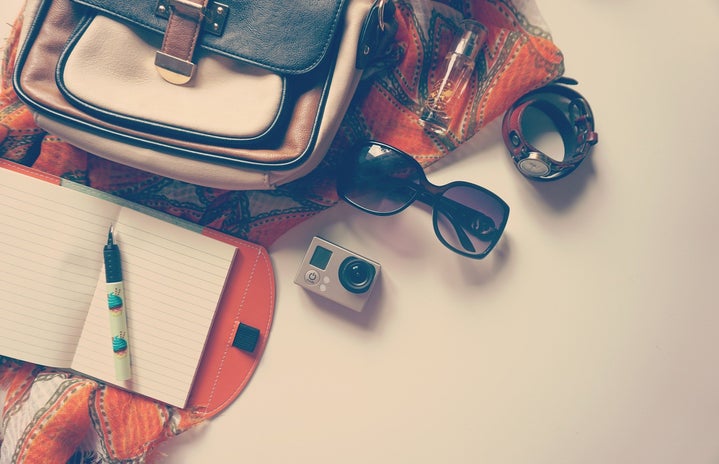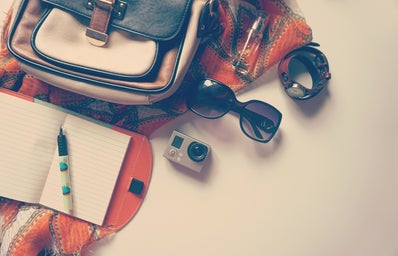Many get dressed each day with little more concern for their clothing as to whether or not it matches decently. The question of if they can even place that clothing on their body without help—let alone tie their own tie or zip their own zipper—is even less of a passing thought.
Despite this, there are those who do not share the same access to a full range of physical abilities, and therefore must consider details such as the accessibility of a garment. About 15 percent of the world’s population (one billion people) lives with some form of disability, and roughly 2-4 percent experience significant functional difficulties. In the U.S. alone, an estimated 17.5 percent of civilians have a functional limitation. When confronted with these statistics, it becomes clear that these numbers are not insignificant and that efforts should be made to provide those with disabilities as comfortable and fair a lived experience as those who do not face similar challenges.
Beyond providing accessible entrances and accommodations, as well quality educational opportunities for those with disabilities, there is one aspect of the disabled experience that is often overlooked: adequate clothing. If an individual faces any scope of mobility challenge, from visual impairment to paralysis to amputation and so on, it makes tasks such as buttoning shirts and pants and tying shoelaces a significant hindrance. These obstacles can be a major deterrent in not only building the confidence of disabled persons, but in their ability to secure employment in a workforce that is not always accepting in the first place.
Among adults from ages 18 to 64, statistics show that only three out of ten (29 percent) work full or part-time, as compared to eight out of ten (79 percent) of those without disabilities. Employers are often reluctant to hire disabled workers, despite many possessing the cognitive abilities to hold any job, and even more are unwilling to provide hands-on opportunities for those with intellectual disabilities. The 50 percent margin between workers of different abilities shows a significant ableism bias that exists both socially and in the workplace.
Over the past few years, though, there has been a push within the clothing world to develop more manageable items for customers with disabilities. Recently, actress Selma Blair made her public debut with a walking cane at the Vanity Fair Oscar’s party after sharing her multiple sclerosis diagnosis. Blair’s cane was customized to match her gown, and her willingness to walk the carpet and discuss her battle with honesty was a major moment in furthering the dialogue between the disabled community and the fashion industry.
Blair’s candidness on living with a disability while still embracing style builds upon work that really began just a few decades ago. In the 1980s, certain manufacturers began producing garments fitted with large openings in the back. Though the intention to meet the needs of the disabled was genuine, these garments largely resembled hospital gowns and rarely resembled anything trendy. Eventually, improvements were made to enhance the dignity of such clothing, with panels being added to openings and pressure buttons replacing hook and loop features.
Today, efforts to modify, stylize, and improve inclusive fashion rates among brands continue to prosper. Zappos Adaptive, an online retailer, has worked toward the goal of being able to serve all customers. In addition to providing a full range of garments for children and adults alike, Zappos Adaptive has partnered with brands like Tommy Hilfiger and Nike to expand their reach. Tommy Adaptive revealed its new collection and campaign in spring 2018, and used feedback from disabled customers to adjust and improve its clothes. Target’s Cat & Jack collection launched in 2017 to provide adaptive clothing for children, including diaper-friendly leggings and zip-off sleeves. NBA star LeBron James even helped design his Soldier 10 FlyEase sneakers to help disabled athletes.
In many areas of the fashion world, it seems, the focus on building a more inclusive community is underway as adaptive clothing continues to innovate. Some of the main design elements include simple alterations like magnetic closures to replace buttons, adjustable hems on pants, and snaps and hooks for shirts and jackets. At the same time, style and pattern is being improved as well. By supporting brands that work toward developing adaptive clothing, customers of all abilities are contributing to a more equitable world.


